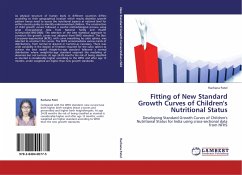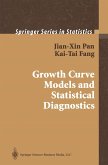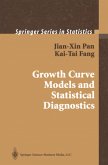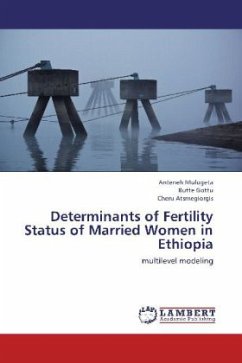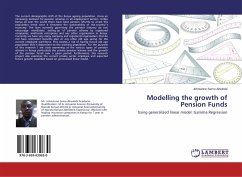As physical structure of human body in different countries differs according to their geographical location which results dissimilar growth pattern hence need to access the nutritional aspects at national level for within country policy to identify undernourished children. The construction of child growth curves followed a careful methodological process using large cross-sectional data from National Family and Health Survey,India(1992-2006). The selection of the best statistical approach to construct the growth curves was adopted from WHO standard. The Box-Cox-power-exponential (BCPE), with curve smoothing by cubic splines, was selected to construct the curves. The BCPE accommodates various kinds of distributions, from normal to skewed or kurtotic,as necessary. There was wide variability in the degree of freedom required for the cubic splines to achieve the best model. Height-for-age standard followed a normal distribution where weight-for-age standard required the modeling of skewness but not kurtosis. At age 24-28 months the risk of being classified as stunted is considerably higher according to the WHO and after age 12 months, under weighted are higher than new growth standards.
Bitte wählen Sie Ihr Anliegen aus.
Rechnungen
Retourenschein anfordern
Bestellstatus
Storno

